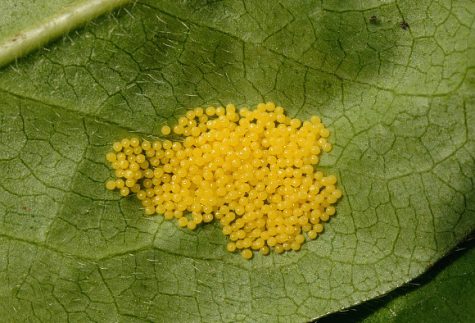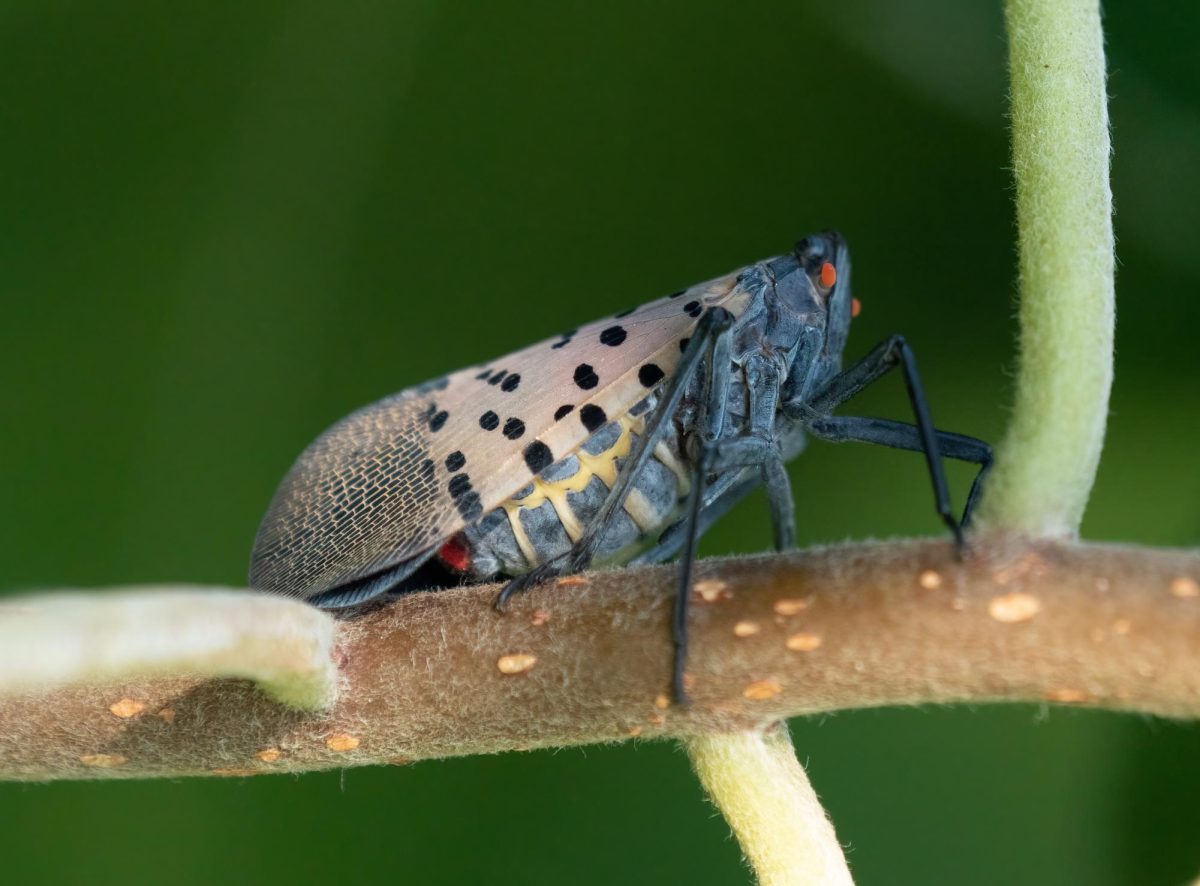The World Of Butterflies
The Life Cycle Of Butterflies And Their Families They Fall Under

Courtesy of Google Images
What is a Butterfly?
A butterfly is a member of the Lepidoptera family which refers to tiny scales covering the insects wings. There are over 20,000 species of butterflies varying in color and structure. As a member of the Lepidoptera family there are many characteristics that separates butterflies from other Lepidoptera—such as they mostly fly by day, they have overlapping wings instead of them being hooked together, and their antenna is the same for both sexes usually thicker towards the tips. On the other hand moths usually fly at night, their wings are directly connected together unlike the butterflies that are not hooked together, and males usually have larger or thicker antennas. The oldest record of a butterfly dates all the way back to 135 million years ago from an amber deposit.
Life Cycle of a Butterfly
Egg Form
Around May, a butterfly will lay her eggs in a sunny spot under a leaf. In a cluster of 100 or more eggs they wait for a week’s time, by then they are 0.8 mm and will start to turn yellow and then darken. Around 7-21 days if conditions are good the larva will use their jaws to chew through the top of the hard shell but does not eat the egg shell. Through this stage the larva will eat on bacteria or other microorganisms.

Ecdysis Stages
As the caterpillar develops, the skin does not grow with it, but it does stretch out to enlarge the body within. When the stretch capacity reaches its limit hormones are released to prepare the caterpillar for a crucial event. A new exoskeleton will start to form underneath the old one. When the time comes to get rid of the old exoskeleton the caterpillar will stop feeding, and the old skin will start to split open. The new exoskeleton is soft. Before the skin has time to harden it must inflate giving it the potential to stretch even farther but it still has a limit. The caterpillar continues to feed regularly until the process needs to be repeated. This process is called ecdysis and is repeated four times. Some caterpillars repeat this process five times but very few will repeat it nine times.


Final Stage

During the final stage the caterpillar goes through metamorphosis. The caterpillar will make a cocoon to fully develop as a butterfly that lasts five to twenty one days depending on the species of moth or butterfly. During the development of the butterfly the original cell, the fertilized egg, is divided into two daughter cells then it’s divided again into four, then again until the process produces over 16,000,000 cells. Each time the cell is multiplied the cell becomes more specialized for particular functions. These cells can be for liver cells, heart muscle cells, brain cells, hair follicle cells, and much more. Once the cycle for metamorphosis is complete the butterfly will emerge, the pupal case will split open and the butterfly is free at last. But because the wings are still limp and wet the butterfly will take a few minutes to expand their wings allowing them to dry.
Mating
When mating the mates will find each other first. Then the female must determine if the male is suitable for her satisfaction. When finding a mate a huge problem they have to overcome is the location. Usually they will meet at a small hill. Male butterflies usually fly close around there during mating season. The male will then go to investigate the new butterfly to see if it’s a rival or a potential mate. If the male and female are the same species the female will fly off without signaling acceptance of the male, to prove the male is worthy. The female will keep flying until the male succeeds and is accepted or rejects him. Once she accepts they will mate, then the female must start laying her eggs underneath a leaf of a plant. While she does that the male will look for other mates.
Eating
Caterpillars have very strong jaws to be able to eat leaves. Each caterpillar has a different jaw depending on what they can eat. A factor of what their jaws have to go through is the texture of the leaf such as hard, soft, and the quality like sticky, prickly, sharp. There are 300,000 different plants that caterpillars can eat when divided into their categories of families. After metamorphosis a butterfly does not have jaws like their previous form before. They now have a proboscis, a straw-like structure. This allows them to drink liquids and small particles extracted from flowers instead of crunchy crisp leaves.


Wings
The size and shape of the butterfly’s wings are determined by the wing size, which then determines the speed of the butterfly. Some butterflies use their wings as an advantage if they are not fast enough to fly. When a predator is near some butterflies camouflage into their surroundings to survive or they use their wings by creating an illusion to confuse the predator with odd colors and patterns in the wings. If you have ever touched a butterfly wing and have gotten powder on your fingers then that is actually tiny scales taken from the wing. These scales help the flight run smoothly by having air circling around the upper surface of the wing to allow butterflies to have broader strokes.


Butterfly Families
There are four main types of butterfly families. There is Papilionidae, their characteristics are long tails, they usually have colorful wings and are large . They are also called swallowtails because they have long tails on their hind wings. These butterflies are found worldwide except in the arctic. A pieridae is usually yellow, white and orange in color, they don’t have tails, and are often found in tropical climates. A nymphalidae is the largest family of butterflies with over 5,000 species. They have basic and colorful wing colors. And the last family is lycaenidae, they have vibrantly colored butterflies. Some colors include metallic blue, green and copper. Males usually have shorter legs on the anterior.
Some species of butterflies from the four families:
Papilionide Family
Ornithoptera Papilio Glaucus


Papilio Glaucus

Pieridae Family
Appias Placida Pareronia Valeria Hippia


Nymphalidae Family
Anaea Andria Araschnia Levana


Araschnia Levana

Lycaenidae Family
Arcas Imperialis Callophrys Dumetorum


Callophrys Dumetorum

Your donation will support the student journalists of Brunswick High School. Your contribution will allow us to purchase equipment. Our goal is to purchase some updated and much needed cameras for the program.



































